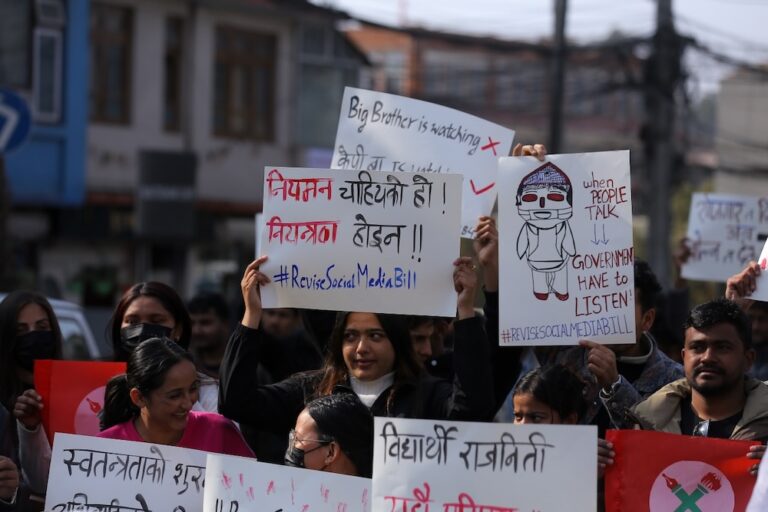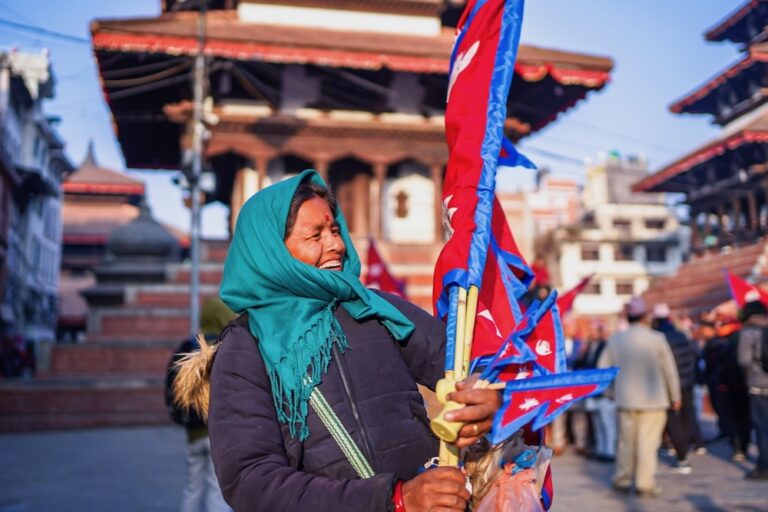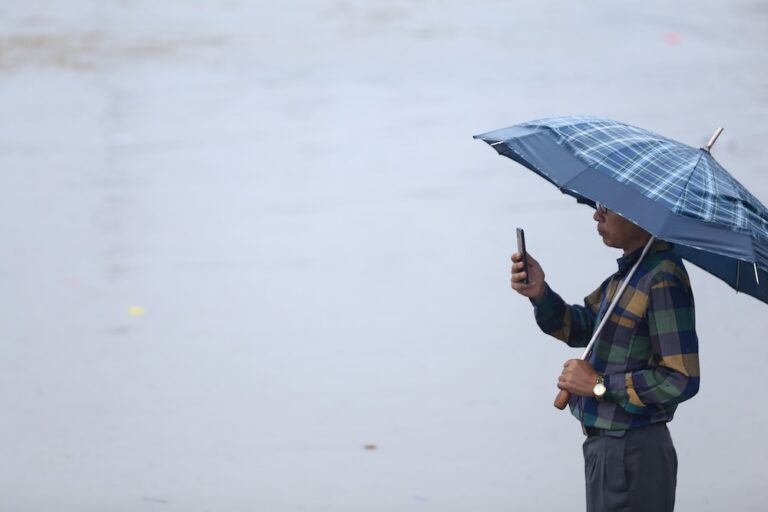(RSF/IFEX) – RSF has protested the Nepalese security forces’ actions since the beginning of September, during which they have beaten and arrested at least 55 journalists who were reporting on or participating in pro-democracy demonstrations. “Journalists covering marches opposing King Gyanendra are facing the same levels of brutality as those taking part,” RSF said. “Since […]
(RSF/IFEX) – RSF has protested the Nepalese security forces’ actions since the beginning of September, during which they have beaten and arrested at least 55 journalists who were reporting on or participating in pro-democracy demonstrations.
“Journalists covering marches opposing King Gyanendra are facing the same levels of brutality as those taking part,” RSF said. “Since the Maoists declared a ceasefire on 3 September 2005, the crackdown has been stepped up to break the advance of the democratic parties. We call for an end to police brutality and for the right to demonstrate peacefully.”
On 5 September, police clubbed a dozen journalists covering a demonstration in Kathmandu that called for “an end to the dictatorship.” One of them, Satyaram Parajuli, was seriously injured. Most of the Nepalese media have spoken out against this violence, which grew more intense the following day at another opposition rally.
On 6 September, another dozen journalists were beaten, including Bharat Shahi, editor of the weekly “Chuli Sandesh”, Bhimsen Rajbahak, of the broadcast agency Communication Corner, Kamal Pariyar, of the weekly “Jana Sangharsa”, Rodan Rai, photographer for the “Himalayan Times”, and Gyanendra Sharma, cameraman for Nepal One TV. Shahi was struck on the head by both uniformed and plainclothes police officers and was rushed to Bir hospital with very serious injuries. Several witnesses reported that an officer, Ganesh KC, gave the order to arrest journalists covering the demonstrations (see IFEX alert of 7 September 2005).
Three days later, on 9 September, police arrested at least 34 writers and journalists who were shouting slogans in support of greater freedom of expression in Bhotahiti, in central Kathmandu. They were held for six hours at Mahendra police station before being released.
Finally, on 13 September, more than 500 demonstrators, including several journalists, were manhandled and arrested by police in the capital. At least five journalists, including Tilak Mahat, a reporter for the regional daily “Lumbini Dainik”, and Suresh Sainju, were severely beaten.
This wave of detentions follows the 20 July arrest of Nagendra Upadhyaya, publication director of the weekly “New Malika”, based in Teekapur in the far-western Kailali district, and reporter for the daily “Abhiyan”, based in Mahendranagar in the same region. The journalist was placed in custody under the anti-terror law, the Terrorist and Disruptive Activities (Control and Punishment) Ordinance (TADO). The local administration accused him of helping Maoist militants. A colleague told RSF that the authorities had not produced any proof to back up the allegation.


